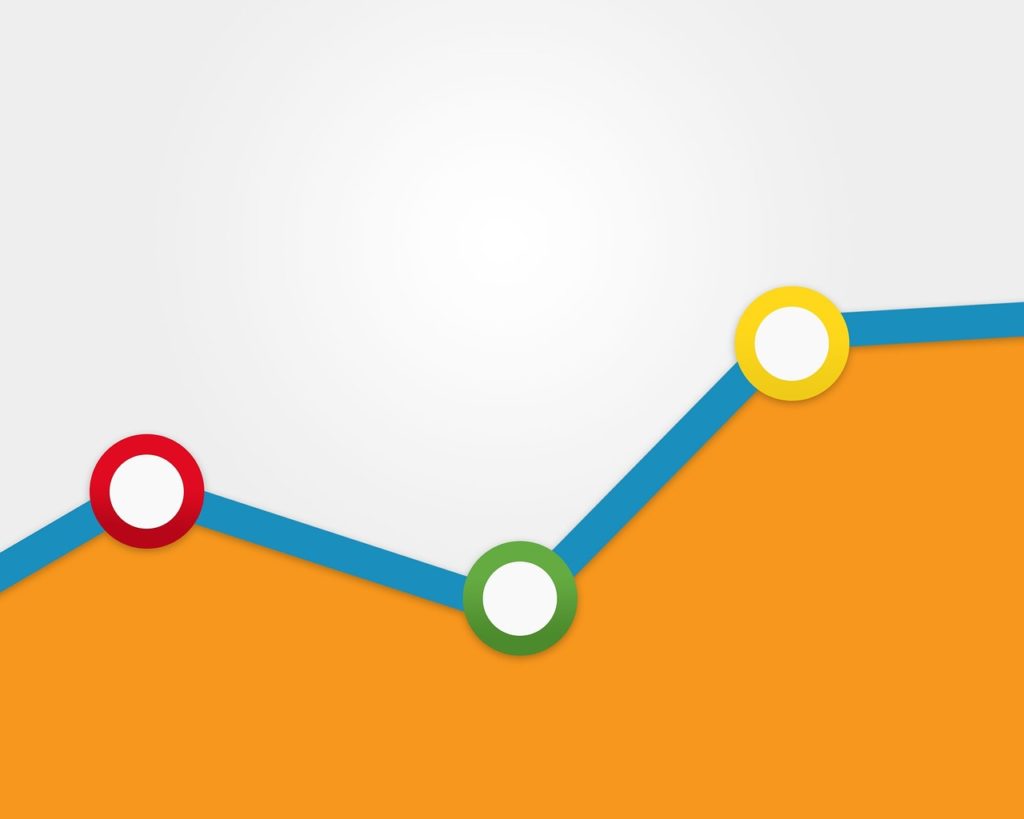Today, I’m going to dive into a pretty interesting niche topic: Call conversion optimization for a law firm client.
You see, conversion rate optimization is an important part of any successful digital marketing strategy, but every business is different. A quick Google search can find you tons of tips and tricks to improve your conversion rate, but how can you be sure these techniques will work for your business? And what even is conversion rate optimization?
To answer these questions, we’ll be taking a look at a little experiment I’m running for a lawyer client here at ClearBox. Let’s jump in.
What is Conversion Rate Optimization
Conversion Rate Optimization, or CRO, is the process of improving your conversion rate (the percent of overall users who take a desired action on your site). Moz.com explains “The CRO process involves understanding how users move through your site, what actions they take, and what’s stopping them from completing your goals.”
Conversion Rate Optimization is often seen as a field in and of its own, separate from SEO. At ClearBox, we see these less as two separate entities, but two of many interlocking parts of the bigger picture of digital marketing. While Conversion Rate Optimization strategies differ from SEO strategies, they are both crucial steps in the ultimate goal of digital marketing and marketing in general. Our SEO efforts boost our client’s ranking on Google, which increases visibility. Our CRO efforts are the next step in our client’s conversion funnel. We seek to make his website more streamlined and more efficient at converting users.

How do I Optimize for Conversions?
There’s no one right answer to this question, ever. Practices that may work for some websites won’t work for others. The first step in optimizing for conversions is to understand what conversions are important to you, and to direct your focuses accordingly. To do this, you must understand the nature of your (or in my case, my client’s) business.
This client is a law firm in New York, specializing in, among other practice areas, sexual assault litigation. Right now they are focused on cases involved with the Catholic Church scandal, representing victims of sexual abuse at the hands of priests and clergymen.

We’re running this firm’s Google Ads account, with the goal of finding new clients. We have set up several different campaigns for this client, but one of our more recent campaigns is under-performing. This campaign, the New Jersey IVCP campaign, has not converted once.
The Experiment
We’re currently working with a page that has converted zero times – clearly something is wrong.
I am going to conduct an experiment to test what efforts improve my conversion rate – so I can implement changes to the page that are data-proven to work.
So what changes should I make?
Well first, I have a feeling that the majority of our users are not scrolling all the way to the bottom of our page. There’s a lot of information on it, and generally, people have short attention spans online. To get some data behind this hunch, I’m going to take a look at our Hotjar account and see what our heatmaps look like.

Sure enough, it appears we lose 35% of our users just after the fold. Still, over half make it past this point, but this is something to keep in mind: The changes I make further down the page will not be seen by nearly as many people as the ones I make above the fold.
So, let’s take a look above the fold again, this time, on the page we will be editing.

This is how the page currently appears above the fold on mobile.
For a better framing of some more content on this page, here’s the site on desktop as well:

I’m going to change a few things about the page, and I have three specific ideas to improve our conversion rate in mind:
- Title – The title of this webpage does not contain the name of the program we are advertising for: “New Jersey Independent Victims Compensation Program“ or “New Jersey IVCP” for short. I want the language on the page to match the ads we are running. This indicates to both the user and to Google that this page is relevant to the user.
- CTA – The first CTA below the fold seems a bit lackluster to me. I want to entice the user. Our client does not charge by the hour, so I want to make this known quickly to the user. If I make it known very early in the user experience that consultations are free, more users may be compelled to give our client a try.
- Social Media Links – Social media marketing is a vital strategy to many businesses, but I am afraid that having these sharing buttons above the fold distracts from the action I truly want the user to take. I want to remove these buttons to eliminate extra options.
What I am going to do is make three variant pages. Each variant will be exactly the same as the original page except for one specific element that will change (the variable). This way, I can isolate each variable and gather accurate data.
Google Optimize
So, to implement all of this, I’m going to use Google Optimize. Google Optimize is an extension of Google Analytics that allows A/B testing and multivariable testing, among other neat and useful features. It’s powerful sh*t, and makes running experiments super simple.

Google Optimize is free to use for up to five simultaneous experiments, which is plenty for me. Installation is a piece of cake too, if you already have Google Tag Manager running.
I won’t get into the nitty gritty of how to set up Google Optimize here (I’ll save that for another post).
I’ve set up a test to see if my changes have an effect on conversion rate. Google Optimize makes it super easy to change elements and track these changes as variables.
Here’s what the experiment dashboard looks like:

As you can see, each variant is clearly labeled. This will make interpreting the data I gather in Google Analytics easy.
I can also see the changes I’ve made to each page variant by clicking on “view.”
Here’s what the variants look like:



I’ve set Google Optimize to split traffic evenly between the variant pages and the original. I plan to let this run for a month, and when the time comes, we’ll take a look at the results together!
And now we’re off. The experiment has begun. It’s quite the simple experiment – designed both to gather some data and to tinker with some of Google’s tools. Let me know what you think of my process, and come back to check out my findings in one month.







